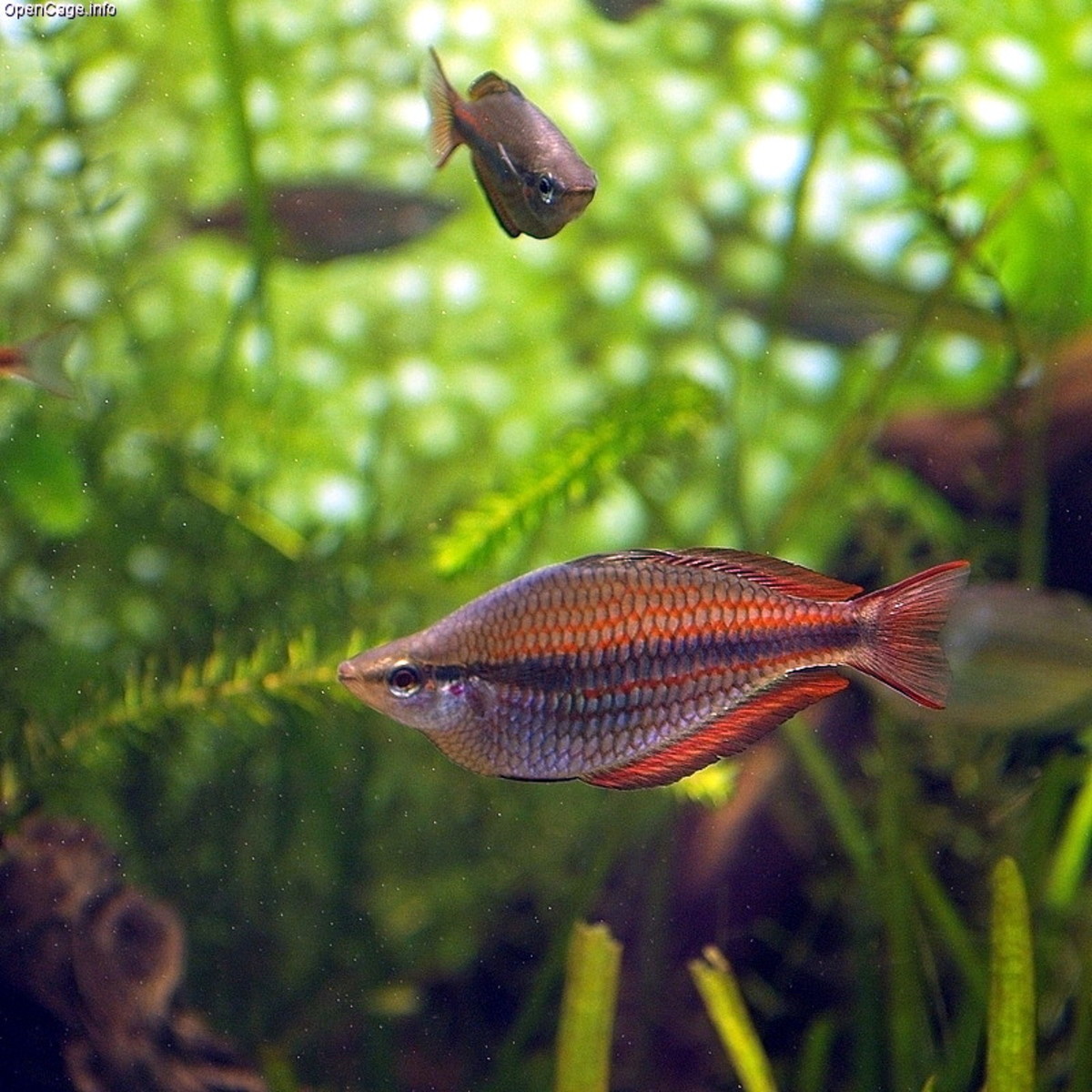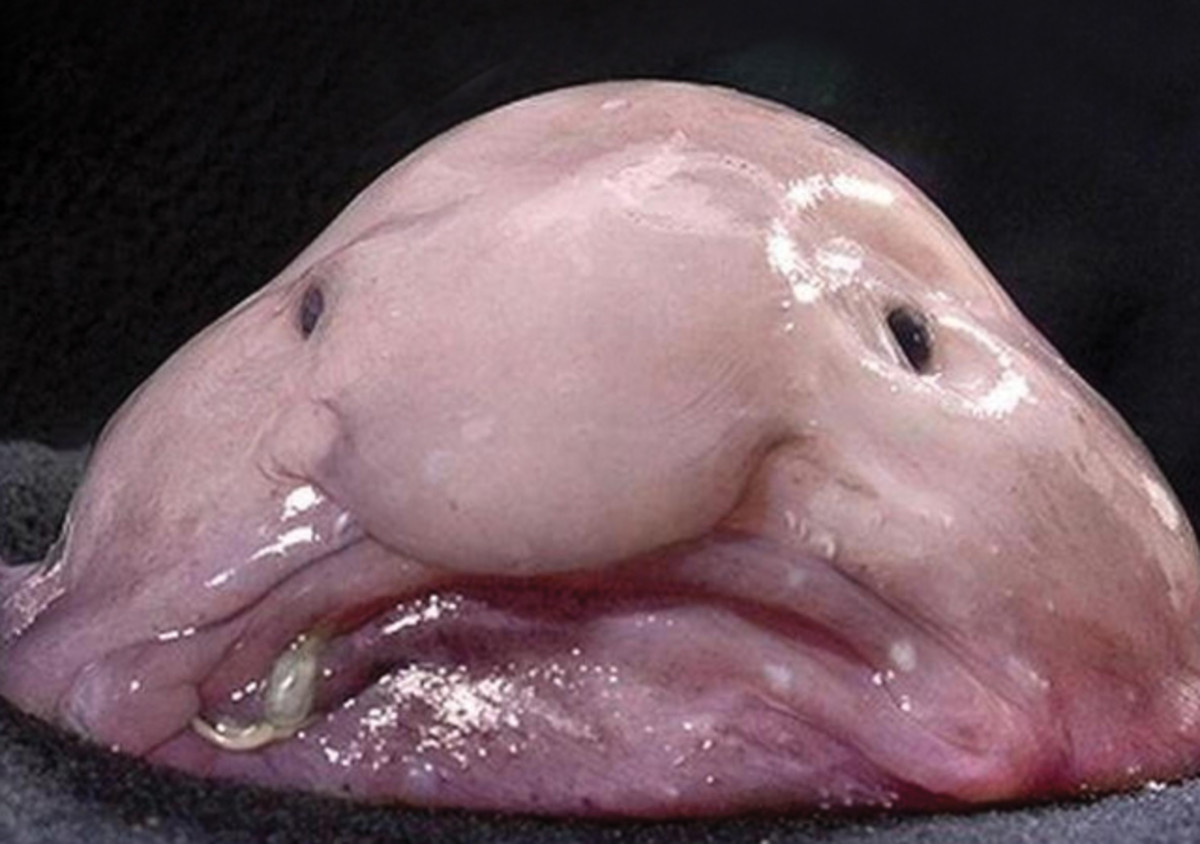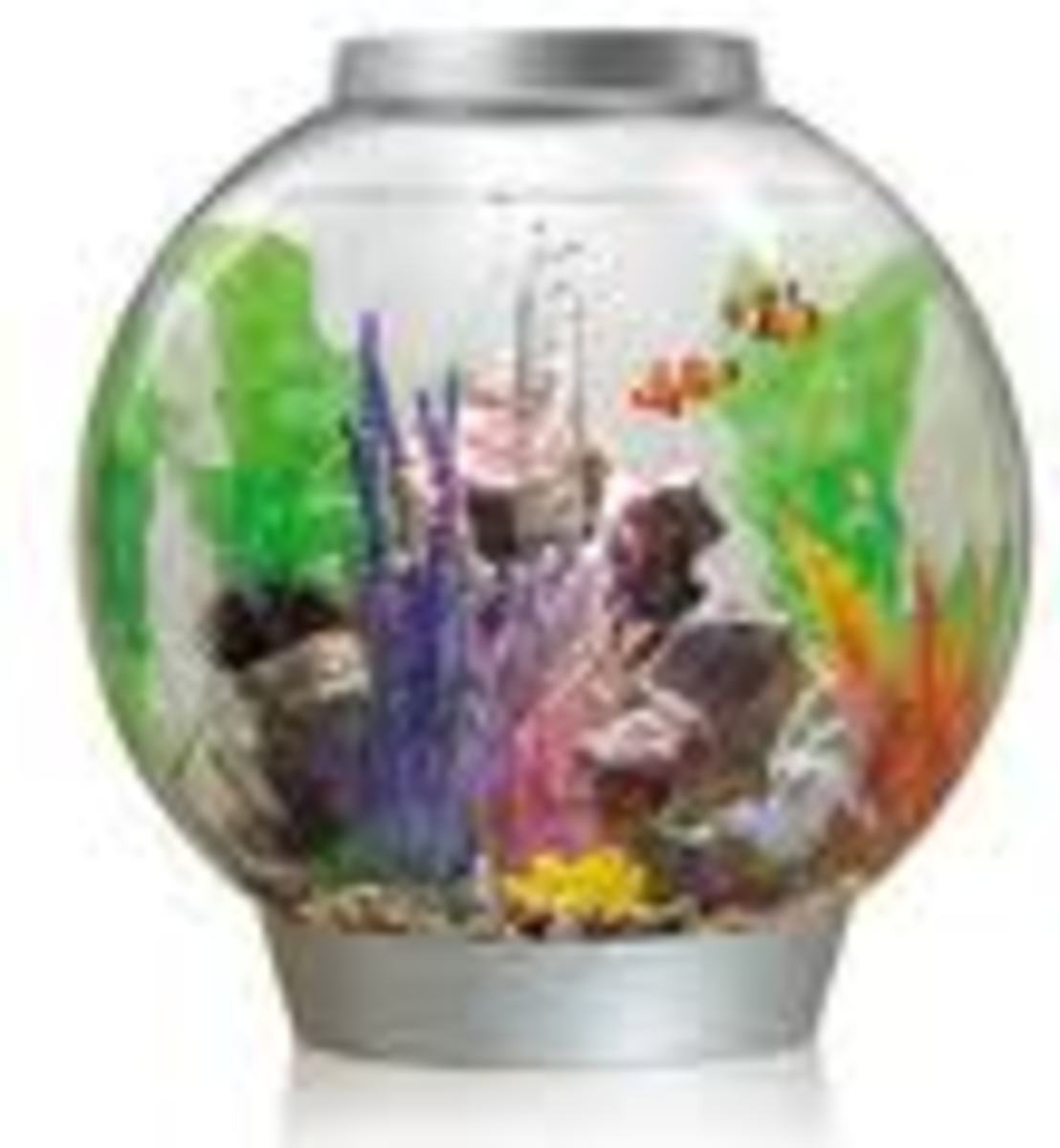Killer Snakehead Fish

Lookout! The Killer Snakeheads are Coming!
The most popular animal of the day on the internet anyway, is the snakehead fish. It is called a snakehead because some genius thought its head looks so much like a snake that it could be mistaken as one. I don't know, maybe its because I grew up with snakes but, it doesn't look much like one to me. If I were to name the fish, I would have named it for the characteristic that makes this fish so unique: the fact that it can breathe air and crawl on land. Something like LandCrawler Fish, or Airbreather...something more along those lines. National Geographic called it "Fishzilla" in its documentary about the invasion of the species. Still, the name Fishzilla conjures up images of a big monster but the Snakehead only gets 2 to 3 feet long apparently. I guess the name refers to its status as a top level predator, meaning it has no natural enemies outside of its natural environment.
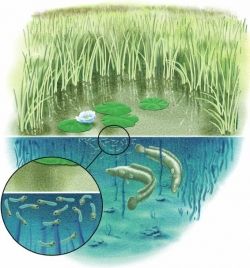
What are Snakeheads?
Snakeheads are airbreathing freshwater fishes that are not native to North America. In scientific terms, snakeheads are divided into two distinct genera:
-Channa (snakeheads of Asia,
Malaysia, and Indonesia); and
-Parachanna (African snakeheads).
In the summer of 2002 and again in late spring 2004, one of the Asian species, the northern snakehead, generated national media attention when anglers caught this fish in a pond in Maryland and, more recently, in the Potomac River in Maryland and Virginia. Fisheries scientists
consider snakeheads to be invasive species because they have the potential to threaten native fishes, the recreational fishing industry, and aquatic ecosystems.
Where are they from?
Snakeheads are native to parts of Asia and Africa. Fishery scientists have found individuals of four species in waters
of California, Florida, Hawaii, Maine, Maryland, Massachusetts, Rhode Island, Virginia, and Wisconsin. Reproducing populations, however, have been documented only in Florida, Hawaii, and Maryland. The blotched snakehead (Channa maculata) has thrived in Oahu, Hawaii, for more than a century; the bullseye snakehead (C. marulius) was discovered thriving in Florida in 2000.
Fishheads Song!
Hmmm, were we on drugs?
FishHeads
Fish heads fish heads
Roly poly fish heads
Fish heads fish heads
Eat them up
Yum
In the morning laughing happy fish heads
In the evening floating in the soup
Ask a fish head anything you want to
They won't answer they can't talk
I took a fish head out to see a movie
Didn't have to pay to get it in
They can't play baseball they don't wear sweaters
They're not good dancers they don't play drums
Roly poly fish heads are never seen
Drinking cappuccino in Italian restaurants
with Oriental women
What do They Look Like?

Snakeheads have a long, cylindrical body with a large mouth and sharp teeth. They have enlarged scales on top of their heads and their eyes are located far forward on their head, similar to the scale patterns and eye positions of snakes. Because their heads are similar to the heads of snakes, they have long been known by the common name “snakeheads.” Size and color patterns vary among 29 recognized species. The largest recorded snakehead was almost 6 feet in length. Additionally, the young (juveniles) of many species often have color patterns dramatically different from the coloration of adults. Adult snakeheads superficially resemble the bowfin, a native North American fish.
Juvenile Snakeheads
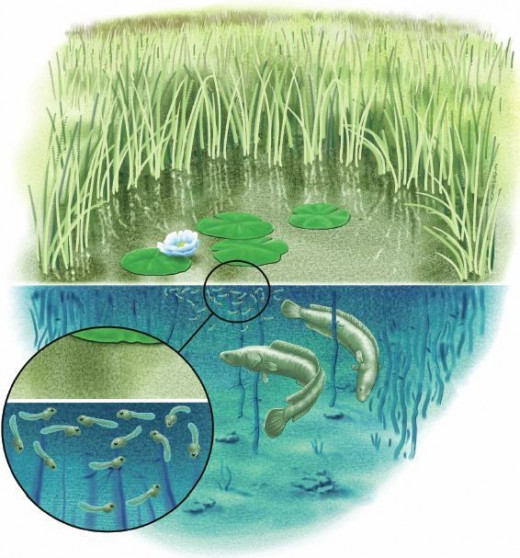
Juvenile snakeheads (fry) cluster at the surface of their “nest,” a column of water cleared from vegetation in 2-3 feet of water. Their parents will aggressively guard their nest for 3-4 weeks while the fry develop their fins, learn to school, and are ready to fend for themselves.

Background
In 2002, a reproducing population of northern snakeheads was discovered in a pond in Crofton, Maryland. The snakeheads were exterminated and subsequently assigned injurious wildlife status under the Federal Lacey Act which prohibits import and interstate transport. A mid-Atlantic Aquatic Nuisance Species council was formed and a management plan for northern snakeheads was drafted. Despite intense media and political attention, increased awareness did not serve to prevent further introductions. In 2004, northern snakeheads were found in the Potomac River near the nation’s capitol and have since established a reproducing population. Northern snakeheads have also been found in Arkansas, Pennsylvania, and New York.
How Did They Get Here?
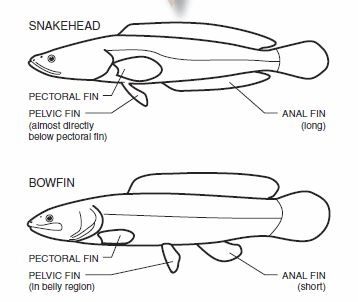
Prior to being added to the list of injurious wildlife under the Lacey Act in October 2002, which banned import and interstate transport without a permit from the U.S. Fish and Wildlife Service, snakeheads were sold in pet stores and in live food fish markets and some restaurants in several major U.S. cities, including Boston, New York, and St. Louis. Live specimens have been confiscated by authorities in Alabama, California, Florida, Texas, Virginia, and Washington where possession of live snakeheads is illegal. Some snakeheads living innatural waters of the U.S. may have been released by aquarium hobbyists or those hoping to establish a local food resource. Also, some cultures practice “prayer
animal release,” a faith-based activity in which individuals purchase, then release, an animal (fish, amphibian, reptile, or bird) to earn merits with a deity.
Sources: U.S. Department of the Interior
U.S. Geological Survey

What are the Potential Effects to Our Waters and Other Concerns?
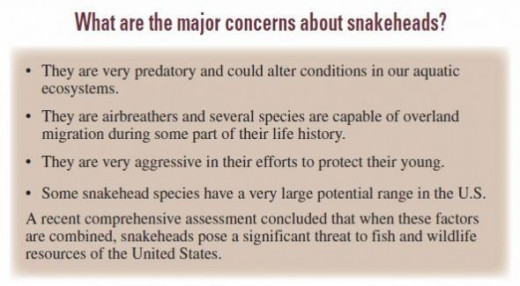
During all life stages, snakeheads compete with native species for food and habitat. As juveniles, they eat zooplankton, insect larvae, small crustaceans, and the young of other fishes. As adults, they become voracious predators, feeding on other fishes, crustaceans, frogs, small reptiles, and sometimes birds and small mammals. Should snakeheads become established in North American ecosystems, their predatory behavior could drastically disrupt food webs and ecological conditions, thus forever changing native aquatic systems by modifying the array of native species. An additional concern is the snakehead's potential to transfer pathogens to native fishes, because snakeheads can carry diseases and parasites that have the potential to be harmful. Fishery scientists need to study this potential to determine if diseases and parasites can be transferred to North American species.
Smile!
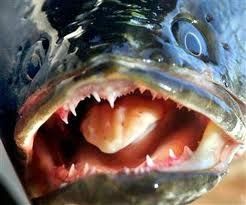
Fact or Fiction?
Snakeheads pose a significant threat to native fish and wildlife resources, or do they?.The three biggest reasons to be concerned about snakeheads are:
- These fish are very predatory and could alter the balance of our ecosystems.
- "The appearance of any illegally introduced exotic fish is cause for concern, but not the recent hysteria we've been reading about with the snakehead. This is not a short-term crisis, but a long-term problem with less than catastrophic but no less real and unpredictable consequences" said Jon R. Fury, FWC Senior Fisheries Scientist for the South Florida Region.
- These fish are air-breathers and are capable of overland migration.
-Yes, snakeheads can 'breathe' air and live out-of-water longer than most fish can, but suggestions that these fish can live without water for up to three days is a gross exaggeration.Snakeheads can move through shallow water, swampy conditions, and even semi-fluid mud that would immobilize many native fishes. But on dry land they only flop, wriggle, and squirm their way along for short distances, after which they will die in a matter of hours, not days.
- These fish are very aggressive in their efforts to protect their young.
-Yes, snakeheads are predators with small sharp teeth that are very similar to the native Bowfin but, NO, it is not some finned tiger waiting to pounce upon every living thing, nor is it able to single-handedly wipe out native fish communities.

What is Being Done
Unfortunately, northern snakeheads have become firmly established in over 60 river miles of the Potomac River. The U.S. Fish and Wildlife Service with its partners, continue to conduct research to assess impacts on the ecosystem and effects of the snakehead introduction on fish populations. Research conducted in the Potomac River includes electrofishing surveys to determine distribution and feeding habits, telemetry tagging to assess wintering behavior, and angler surveys to determine affects of the growing snakehead population on recreational fishing. The Virginia Department of Game and Inland Fisheries, Maryland Department of Natural Resources, D.C. Fisheries and Wildlife, and The U.S. Fish and Wildlife Service have placed reward tags on snakeheads to estimate the size of the population in the Potomac River and learn more about how they are moving in the river and its tributaries. Learning about the biology and behavior of this fish will help biologists determine more efficient methods.
Source: Virginia Department of Game and Inland Fisheries
of removal and control
What YOU Can Do
The U.S. Fish and Wildlife Service warns that if you catch a northern snakehead, kill it and DO NOT put it back in the water. If the snakehead has a tag, measure the length, make note of the exact location of capture, and call the toll free number printed on the tag. Information that you provide is important in determining control and management strategies.







